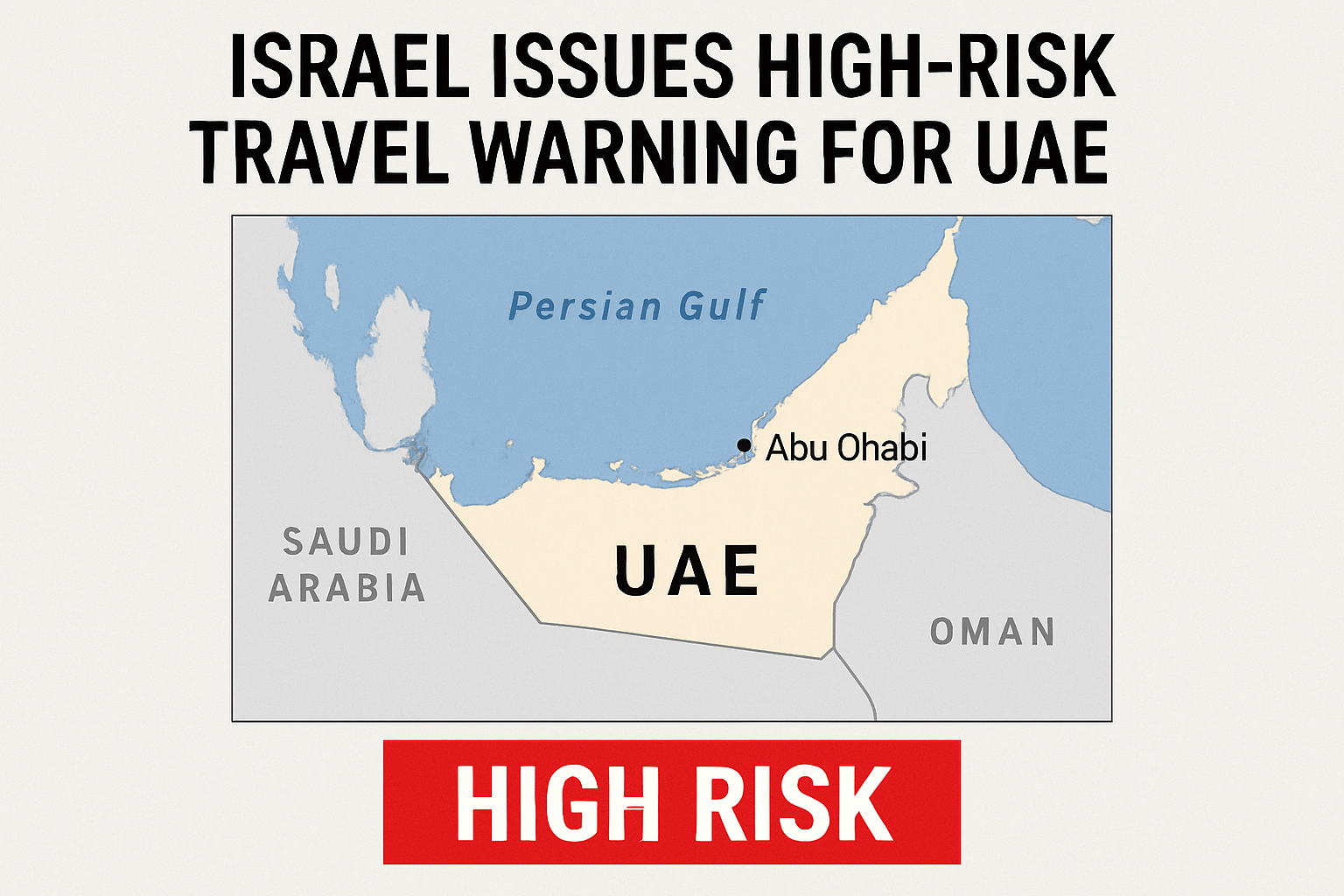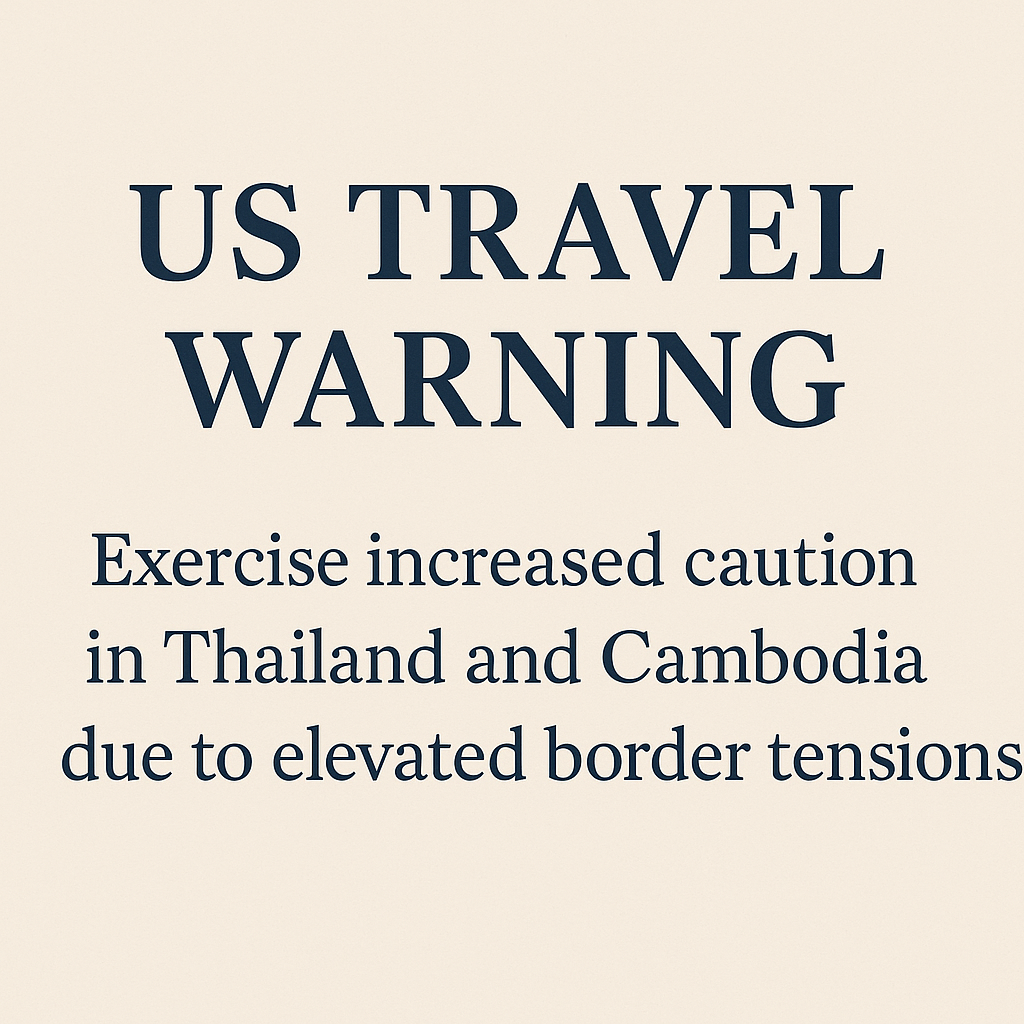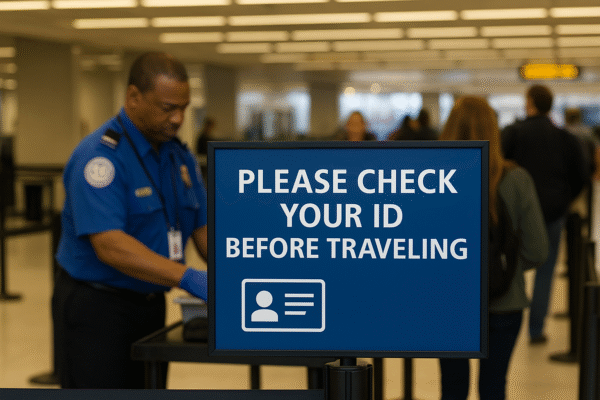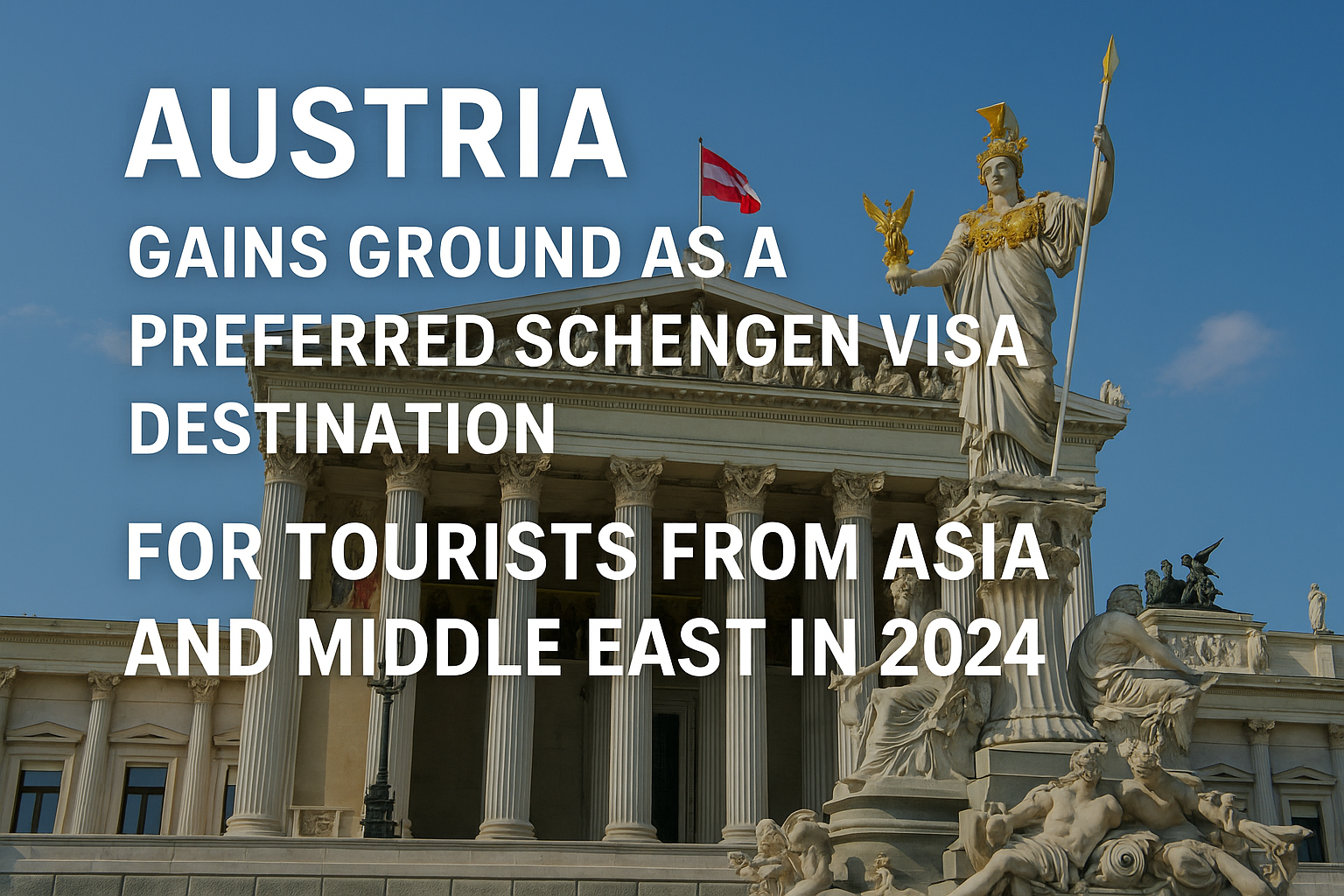Austria Gains Ground as a Preferred Schengen Visa Destination for Tourists from Asia and Middle East
Austria, the picturesque Alpine nation known for its rich cultural heritage and world-class tourism infrastructure, is quietly asserting its influence within the Schengen visa ecosystem. In 2024, Austria processed approximately 262,017 visa applications—representing just 2.24% of the total 11.7 million Schengen applications filed across Europe. While its overall share appears modest, the country has recorded a 14% year-on-year increase in demand, revealing shifting travel preferences and strategic positioning among global travelers.
With a commendable approval rate of 86%, Austria issued roughly 224,747 visas in 2024, making it one of the more accessible Schengen states for visa applicants—especially for travelers from burgeoning markets such as China, India, Saudi Arabia, and Thailand.
Rising Interest from Emerging Tourist Markets
China and India continued to dominate the volume of applications to Austria, collectively accounting for nearly 37% of all visas processed. Specifically, China submitted 51,761 applications (19.8%) while India followed with 43,504 (16.6%). These figures indicate a strong resurgence in outbound travel post-pandemic and point toward Austria’s rising visibility in Asia’s travel radar.
Saudi Arabia (9.4%), Türkiye (8.8%), and Thailand (5.5%) were also key contributors to Austria’s visa pool. Interestingly, applicants from Taiwan and Ireland stood out for achieving near-perfect approval rates—100% and 99.5%, respectively—demonstrating the country’s willingness to facilitate travel from low-risk countries with robust documentation practices.
Other high-approval regions included Indonesia (99.02%), Australia (98.27%), and Thailand (98.29%), reinforcing Austria’s appeal as a trusted and fair visa authority.
Cautionary Tale: High Rejection Rates for Select Countries
While Austria enjoys a positive reputation for visa fairness, travelers from certain countries continue to face significant challenges. Pakistan, in particular, recorded the highest rejection rate at 83.5%. Other countries with notably high denial rates include Syria (50.8%), Senegal (50.7%), Ethiopia (41.8%), and Morocco (41.2%).
These elevated rejection statistics underscore the importance of thorough preparation, especially for travelers from regions classified as higher-risk by the European Commission. The Austrian consular authorities recommend detailed documentation, strong ties to home countries, and transparent travel itineraries to bolster approval chances.
Economic Implications of Visa Fee Changes
In mid-2024, the Schengen visa fee increased from €80 to €90, averaging €85 for the year. For Austria, this translated to an estimated revenue of €22.2 million from visa processing alone. Of this amount, over €3 million was generated from denied applications, highlighting the financial stakes tied to the administrative burden of visa scrutiny.
The hike in fees may serve as a double-edged sword—on one hand, it encourages only serious applicants to proceed, potentially increasing documentation quality. On the other, it places a higher financial risk on travelers from lower-income regions.
Austria’s Position in the European Visa Landscape
Despite handling a relatively small proportion of Schengen visa applications, Austria ranked eighth among all Schengen countries for visa volume. This places it just behind the big players such as France (≈3 million), Spain (1.6 million), and Germany (1.5 million). However, Austria’s approval rate outpaces the Schengen average of 85.2%, giving it a competitive edge as an easier entry point into the region.
Furthermore, with Bulgaria and Romania beginning to issue Schengen visas in March 2024, the overall ecosystem is expanding, potentially redistributing demand. Yet Austria’s central location and world-famous tourism assets—from Vienna’s imperial palaces to Salzburg’s alpine charm—ensure its continued appeal.
Pro Tips for Visa Applicants Targeting Austria
Travelers eyeing Austria as their European gateway in 2025 should consider these expert recommendations:
- Apply Early: Austria requires Schengen Visa C applications at least 15 days before departure. Applying 4–6 weeks in advance is ideal.
- Be Strategic: Choose Austrian consulates known for efficient processing in your region.
- Prepare Strong Documentation: This includes a valid passport, travel insurance with €30,000 coverage, proof of accommodation, return tickets, and financial stability.
- Be Ready to Appeal: Applicants from high-rejection countries should prepare to appeal with additional documentation if necessary.
- Monitor Fee Trends: With visa costs already up by €10, further adjustments could be expected in 2025.
2025 Outlook: Austria’s Growing Influence
Looking ahead, Austria appears poised to continue its upward trajectory in the Schengen visa space. With rising applications from Asia and the Middle East, and steady interest from traditional markets, the country is strengthening its role as a reliable and tourist-friendly entry point into Europe.
Industry experts suggest that Austria’s sustained 86% approval rate, coupled with transparent documentation requirements and streamlined processing, makes it an attractive choice for both leisure and business travelers. However, increasing competition from neighboring Schengen states—especially those with newer consular presences—may influence how Austria positions itself in the future.
Conclusion
Austria’s 2024 visa performance provides valuable insight into the future of European tourism. With high approval rates, growing interest from dynamic travel markets, and a reputation for fairness, the country is quietly becoming a preferred Schengen destination. For international travelers, Austria offers a compelling mix of opportunity and responsibility—where preparation meets accessibility.
Whether you’re a traveler planning your next European escape or a tourism analyst watching global trends, Austria’s evolving visa landscape is a vital indicator of the continent’s shifting tourism dynamics.



















